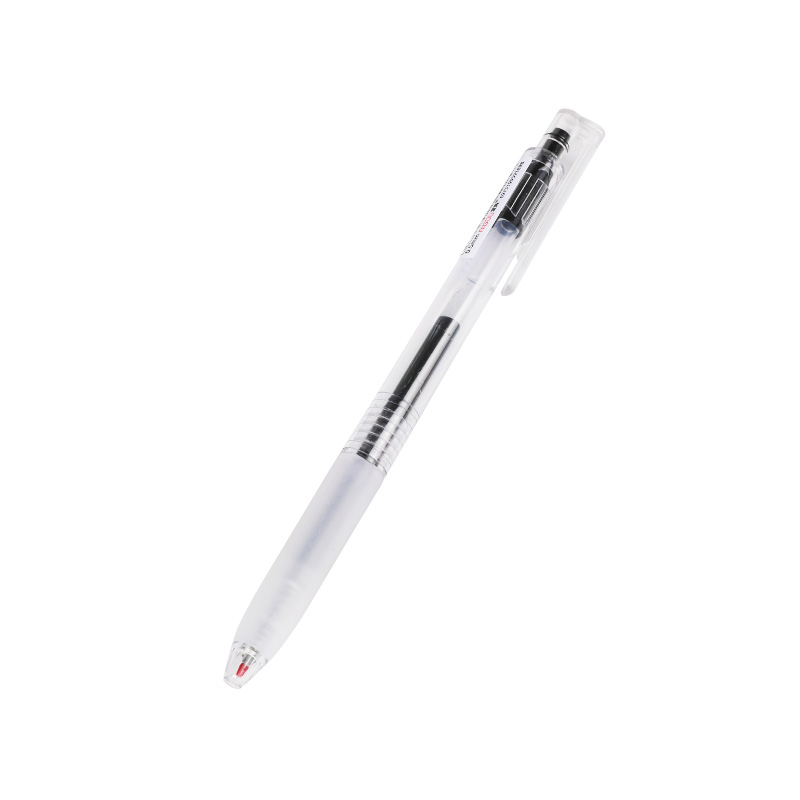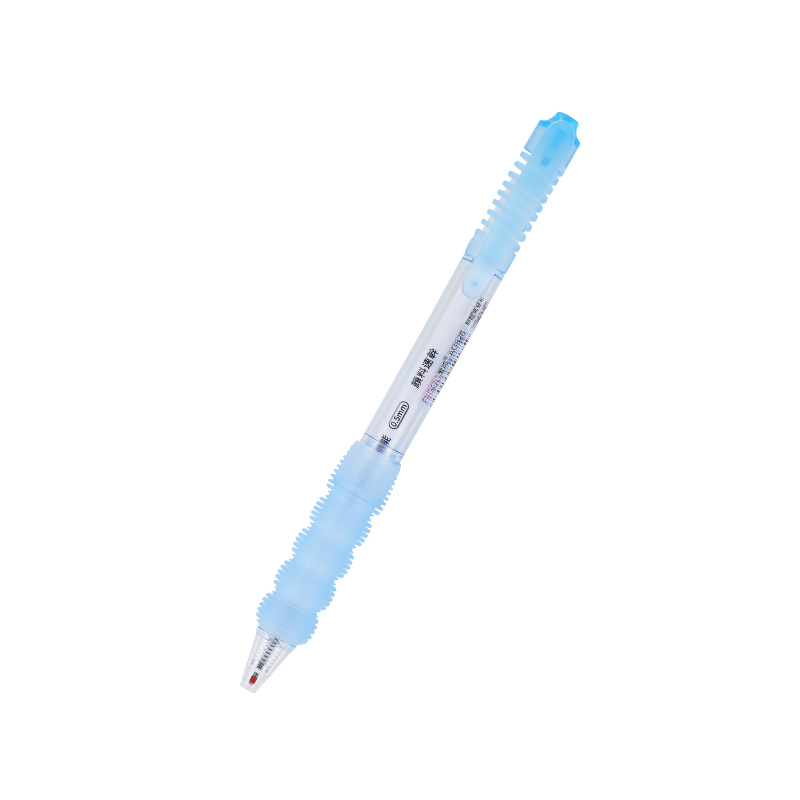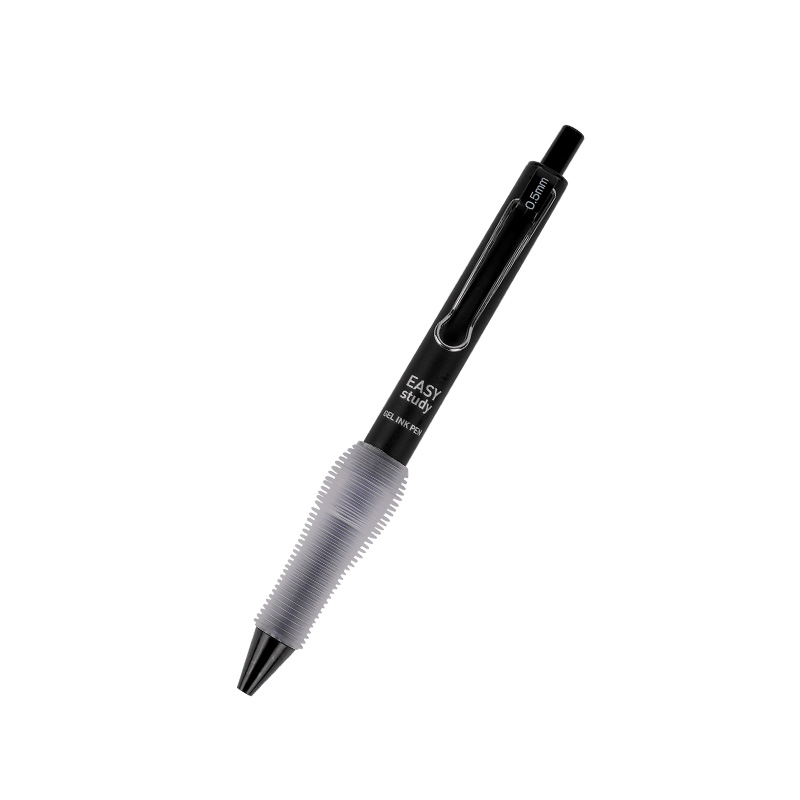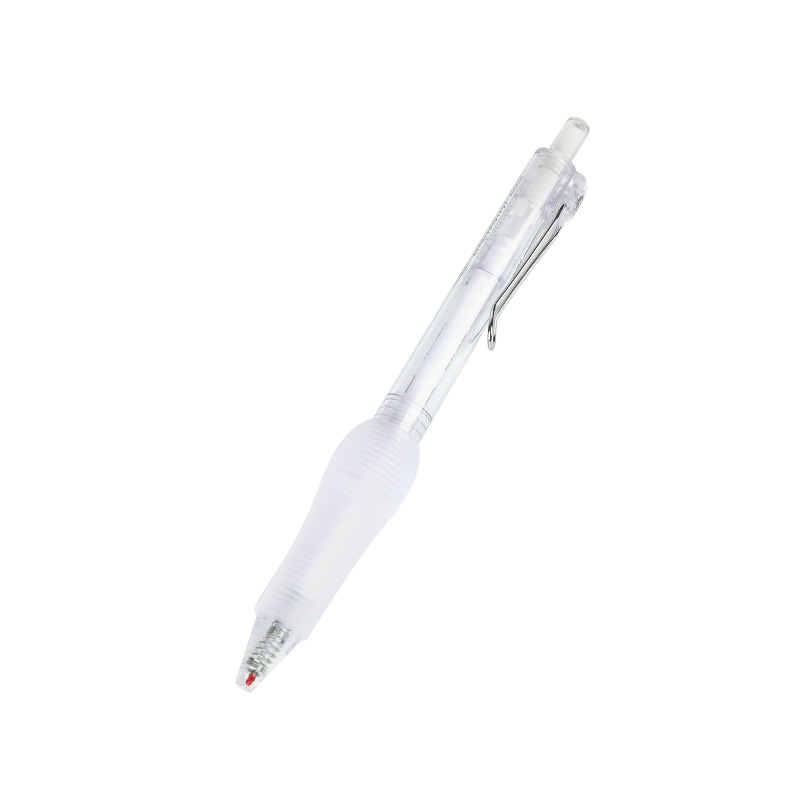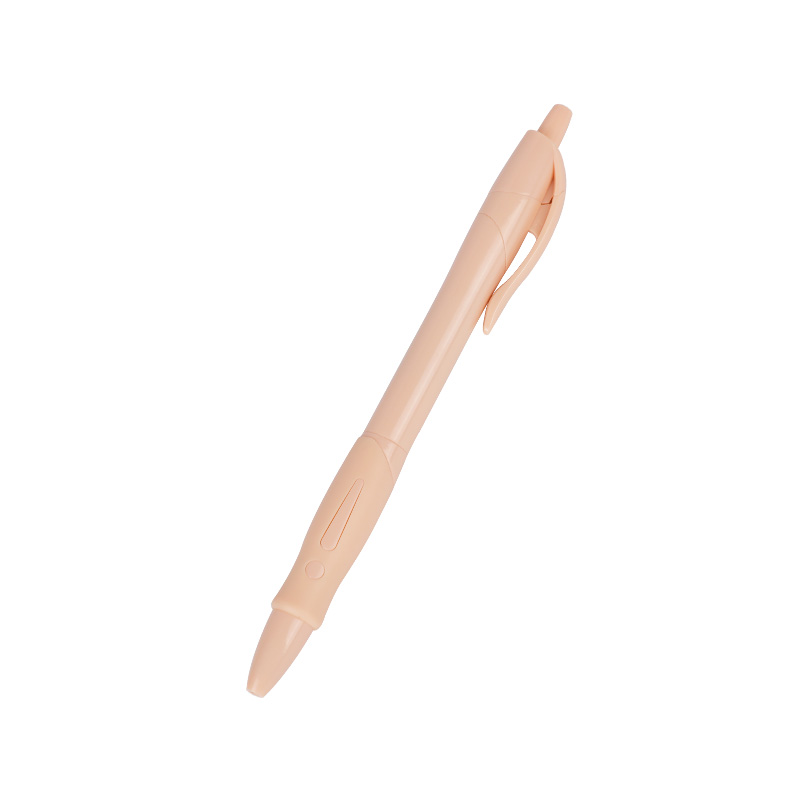What Makes Erasable Gel Pens Different From Pencils?
If you've ever found yourself reaching for a writing tool and hesitating between a classic pencil and a modern erasable gel pen, you're not alone. Both promise the freedom to correct mistakes, but they deliver this promise in fundamentally different ways—each appealing in its own right depending on the user's needs, context, and even personal style.
The primary difference lies in the content of the markup itself. A pencil relies on a solid core made primarily of graphite mixed with clay. The ratio of these materials determines the hardness or softness of the lead. When you write, this core is physically scraped onto the paper, leaving behind a trail of graphite particles that cling to the paper's fibers. On the other hand, the ink in an erasable gel pen isn't ink in the traditional sense. It's a specially formulated thermo-sensitive gel developed by an Erasable Gel Pen Manufacturer to change its properties when heated. This innovative material allows it to behave like conventional gel ink when deposited, yet remain vulnerable to friction-based erasure.
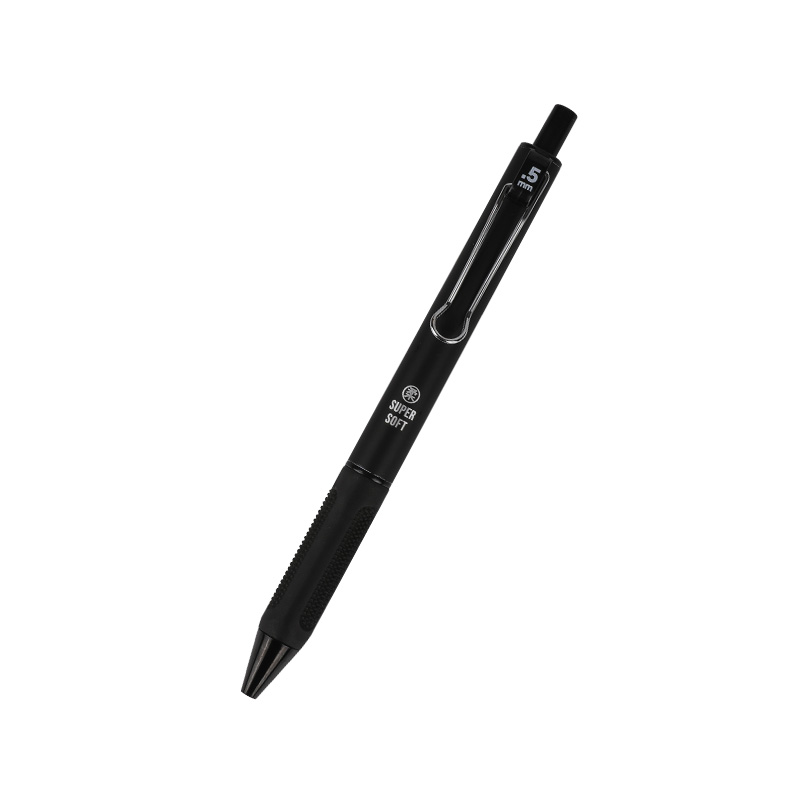
This brings us to the second major distinction: the erasing mechanism. Erasing pencil marks is a mechanical process. The rubber eraser abrades the paper's surface, lifting and trapping the graphite particles within its sticky matrix. While effective, this action can wear down the paper, sometimes causing tears or ghost marks if done repeatedly. In contrast, erasing the ink from an Erasable Gel Pen is a thermal process. The friction generated by the specialized rubber eraser on the pen's end produces just enough heat to cause the thermo-sensitive ink to become transparent. It doesn't remove the ink; it simply alters its optical state, making it seem to disappear.
The writing experience itself is another area of stark contrast. A pencil offers a tactile, often gritty feedback that many find familiar and comforting. Its darkness can vary significantly with cause grade—a 2B pencil glides softly and lays down a dark line, while a harder H-grade pencil offers more resistance and a finer, lighter mark. An Erasable Gel Pen, however, provides the smooth, vibrant, and consistent glide of liquid gel ink. It delivers a bold, opaque line that closely resembles that of a permanent pen. This is a major advantage for those who prefer the polished, professional appearance of ink but still want the flexibility to edit and refine their work.
Durability and convenience further differentiate these tools. Pencil points dull quickly, especially when writing with softer grades, requiring frequent sharpening. This does not interrupt the workflow, but also creates graphite dust and debris. The Erasable Gel Pen eliminates this hassle entirely. It features a durable rolling ball tip that maintains a consistent line width without ever needing sharpening. This makes it an ideal low-maintenance tool for fast-paced environments like lectures, offices, or brainstorming sessions.
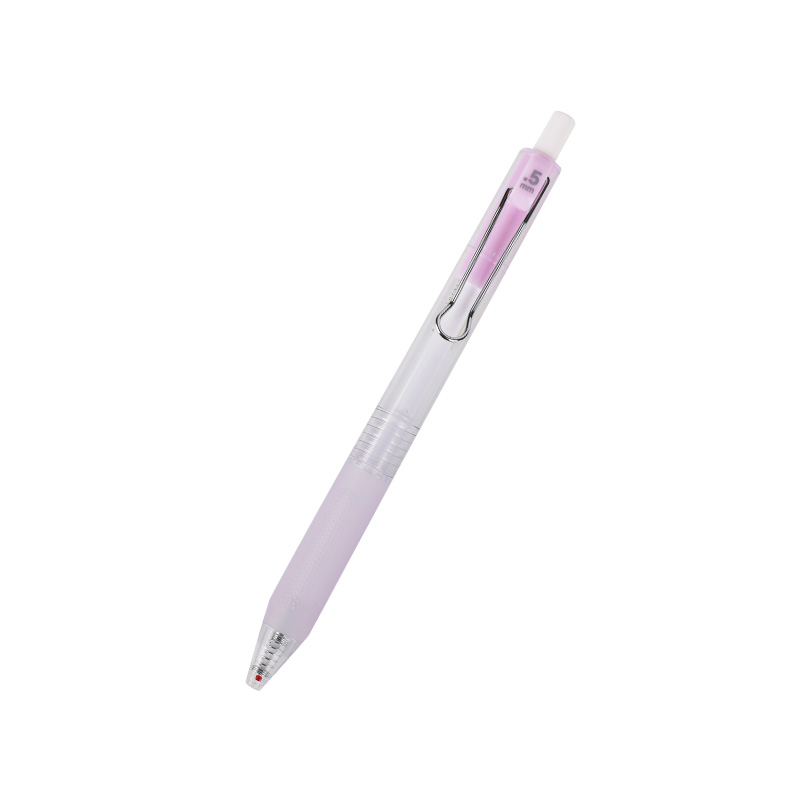
Moreover, an innovative Erasable Gel Pen Manufacturer can offer something traditional pencils cannot: a vibrant and diverse color palette. While colored pencils are available, they often produce waxy, less saturated lines that can lack visual impact. The gel-based ink allows for a wide spectrum of bright, intense colors that pop clearly on the page. This makes erasable gel pens particularly useful for color-coding notes, annotating documents, sketching, or any creative project where both precision and editability are desired.
The choice between a pencil and an erasable gel pen hinges on the user's desired experience. The pencil remains a timeless, straightforward, and dependable tool. The Erasable Gel Pen, however, represents a leap in writing technology—a modern innovation that merges the clean, bold presence of ink with the functional flexibility of a pencil. It offers a seamless, professional, and efficient writing solution for those who refuse to compromise between clarity and readability

